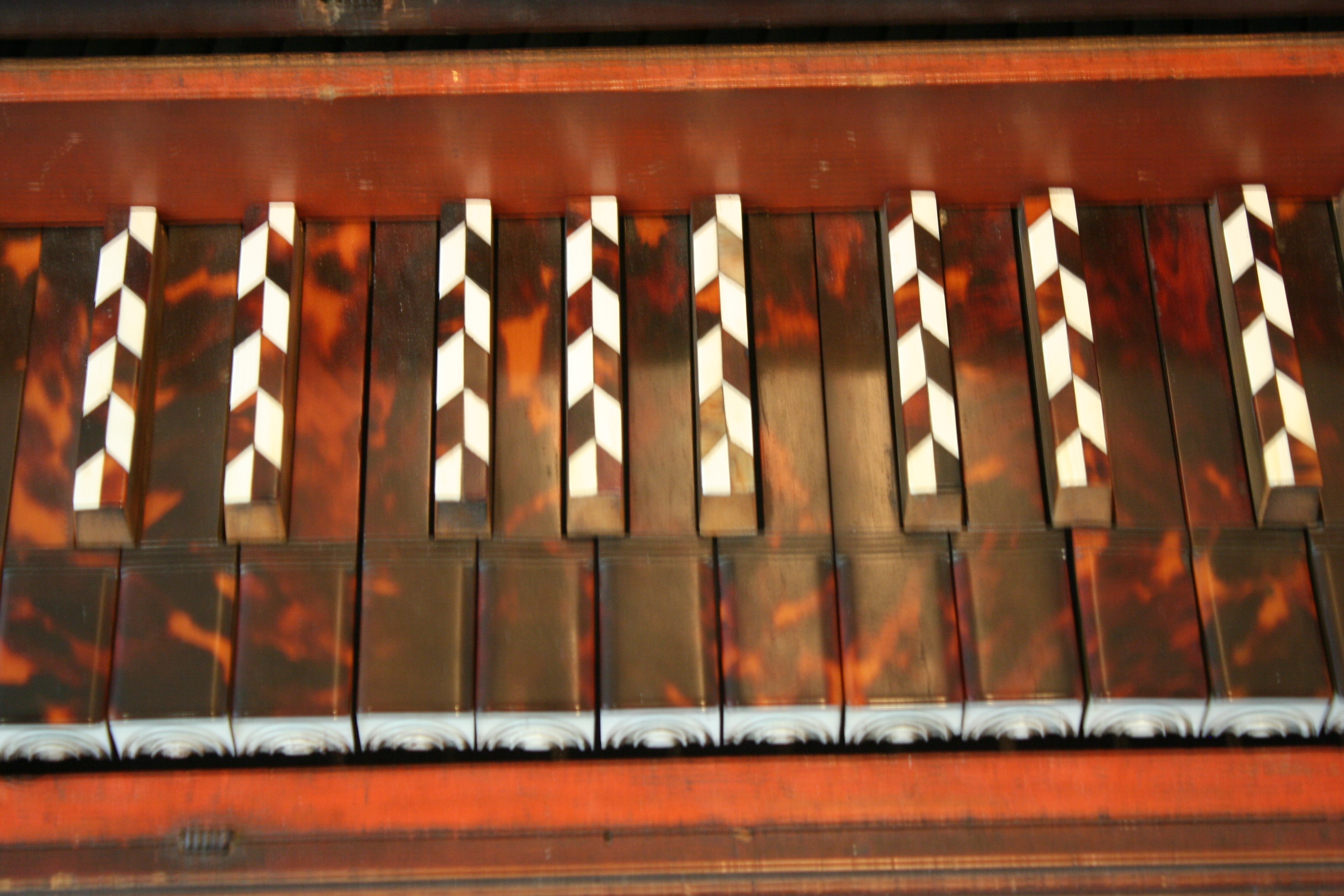A visit to Berlin, for me, must include a visit to the holy shrine of music: the Berlin Philharmonic Hall, home to the Philharmonic Orchestra, both closely associated with two of my musical hero’s; Beethoven and Karajan. After a second visit and two evenings of heavenly music I still was drawn to the place. Close to the Hall we discovered a museum for Musical instruments.
That sounds so boring, but fortunately Germans and technology are synonyms. Here is a museum with musical instruments exhibited in their full glory. One realizes that instruments through the ages are true pieces of craftsmanship and each one of these is a work of art in its own right.
The museum was founded by the famous violinist, Joseph Joachim and Phillipp Spitta in 1888 with 34 ancient instruments. Among those instruments there was one of extremely high value and interest: the famous Bach harpsichord. In the Second World War there was a collection of 4000 pieces of witch just 700 survived.

Today about 800 of the nearly 3000 instruments of the Berlin collection are shown to the public in a generous and flood-lighted exhibition area.
One of the outstanding points of the exhibition is the unique collection of early seventeenth century woodwind instruments from St. Wenzel, Naumburg which range among the oldest testimonies of European music history. Other instruments demonstrate the development of the instruments in a present day symphony orchestra in an unique way such as the early harpsichords and spinets from Italy, the Netherlands,France and Germany, or the bowed stringed instruments of famous Italian, French and German masters like Amati and Antonio Stradivari.
In an expert way, the Museum of Musical Instruments pays a lot of attention to the preservation, restoration and reproduction of all its precious historical instruments. For example two copies of the famous Bach harpsichord, illustrating the different stages of construction, can be regarded and listened to.
The museum is also provided with extensive archives of sound records from their own instruments as well as from comparable ones of other collections. I listened to good sound reproductions of music played on the instruments on display. You can study the collection at your leisure and listen through headphones to specially produced compact discs which bring many of the historical instruments to life. Guided tours or ‘Early Music – live’ concerts that are given throughout the year render the place into a ‘sounding museum’. I was not privileged enough to attend such a concert.













Leave a Reply